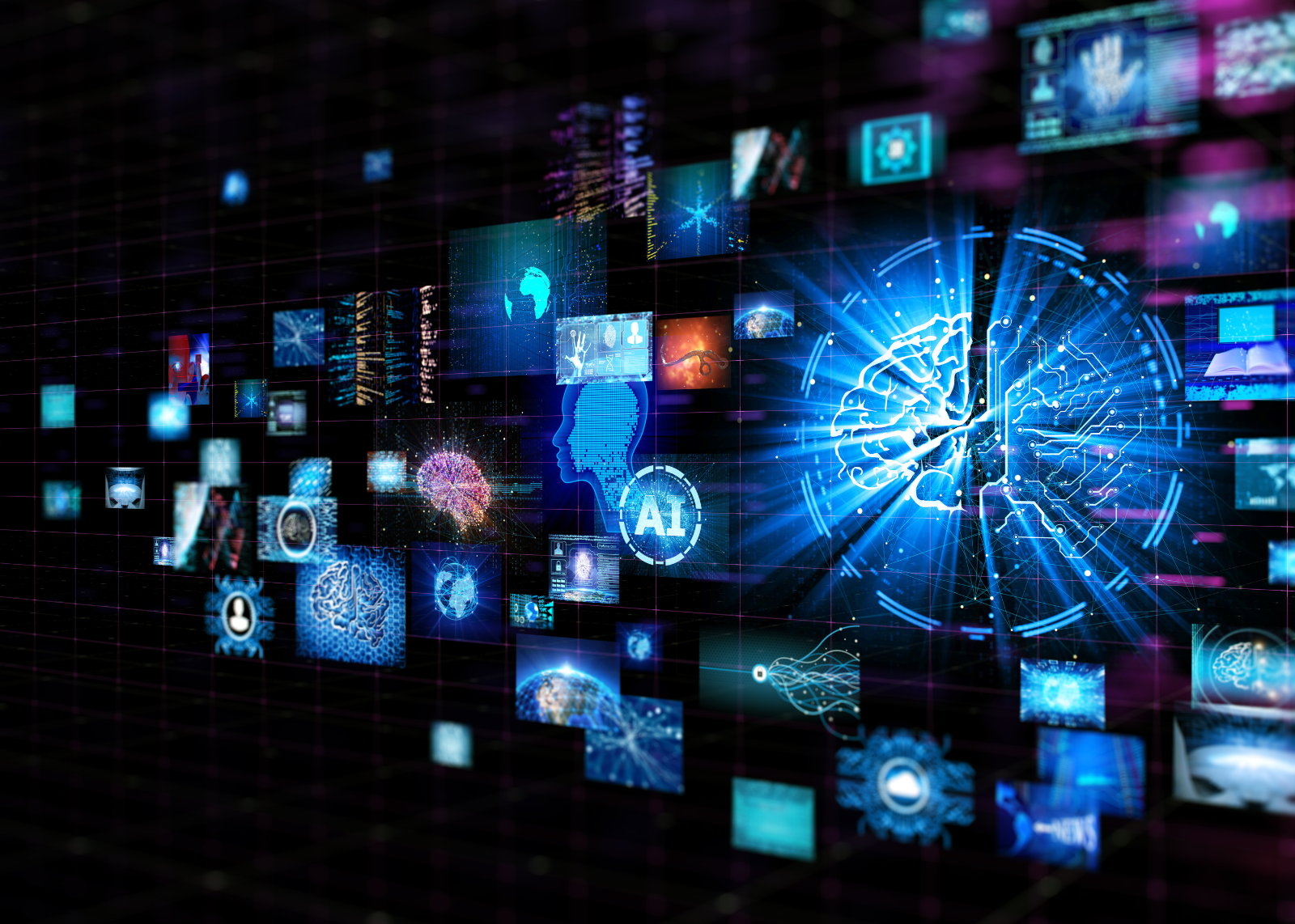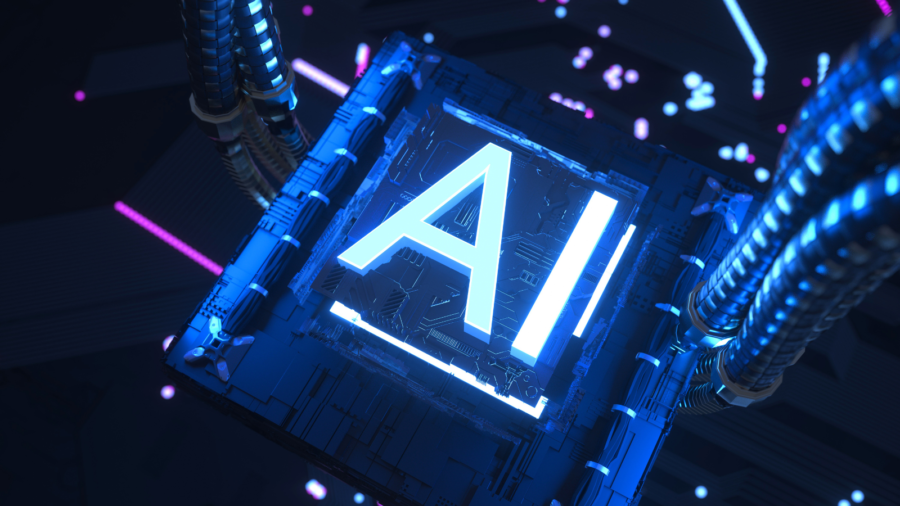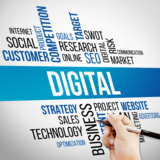In a world where technology continues to evolve at a rapid pace, the rise of Artificial Intelligence (AI) has sparked both excitement and apprehension. From virtual assistants and chatbots to advanced algorithms and machine learning, AI has become an integral part of our daily lives, revolutionizing industries, transforming workflows, and redefining what it means to be human. Yet, amidst the fervor surrounding AI, one question lingers: Can AI truly replace humans?
Let’s delve into this fascinating realm and uncover the truth behind the role of AI in our lives. Spoiler alert: AI may be powerful, but it’s no match for the complexity, creativity, and compassion inherent in the human spirit.
**The Myth of Replacement**
First and foremost, let’s debunk the myth that AI has the capacity to replace humans entirely. While AI excels at performing repetitive tasks, analyzing vast datasets, and executing predefined algorithms with precision, it lacks the nuanced understanding, emotional intelligence, and adaptability that are quintessentially human.
Consider the realm of customer service, for instance. Chatbots and virtual assistants may adeptly handle routine inquiries and streamline support processes, but they pale in comparison to the warmth, empathy, and problem-solving abilities of a human representative. There’s a certain magic that happens when humans connect with other humans—a level of understanding and empathy that technology simply cannot replicate.
**AI as a Catalyst for Growth**
Rather than viewing AI as a threat to human livelihoods, we should embrace it as a catalyst for growth and innovation. AI has the potential to augment human capabilities, amplify productivity, and unlock new opportunities across a myriad of industries.
Take healthcare, for example. AI-powered diagnostic tools can analyze medical images, detect anomalies, and assist healthcare professionals in making more accurate diagnoses. This doesn’t render doctors obsolete; rather, it empowers them to make more informed decisions, leading to better patient outcomes and improved quality of care.
Similarly, in the realm of education, AI can personalize learning experiences, adapt curriculum to individual needs, and provide valuable insights to educators. By leveraging AI-driven analytics, teachers can identify areas for improvement, tailor instruction to students’ learning styles, and foster a more inclusive and engaging learning environment.
**The Human Touch**
While AI may excel in certain domains, there are countless aspects of human experience that defy replication. Consider the arts, for instance. Can AI compose a symphony that stirs the soul, paint a masterpiece that evokes raw emotion, or write a novel that captures the essence of the human condition? Unlikely.
Creativity, imagination, and intuition are uniquely human qualities that transcend algorithms and programming. Whether it’s the brushstrokes of a painting, the cadence of a poem, or the melody of a song, there’s an indelible imprint of humanity that infuses every creative endeavor.
Moreover, the human touch extends beyond artistic expression. It encompasses empathy, compassion, and connection—the very essence of what it means to be human. While AI may simulate empathy through scripted responses and pre-programmed algorithms, it lacks the depth of emotional understanding and genuine connection that defines human relationships.

**Empowering the Workforce**
Far from replacing humans, AI has the potential to empower the workforce, enabling individuals to focus on tasks that require human ingenuity, creativity, and critical thinking. By automating mundane and repetitive tasks, AI frees up valuable time and resources, allowing humans to engage in more meaningful and fulfilling work.
However, this transformation necessitates a paradigm shift in how we approach education, training, and skill development. As AI continues to advance, the demand for skills such as problem-solving, emotional intelligence, and adaptability will only intensify. Rather than fearing obsolescence, individuals must embrace lifelong learning, upskilling, and reskilling to remain relevant in an increasingly AI-driven world.
**Embracing the Future**
In conclusion, the rise of AI heralds a new era of possibility, innovation, and collaboration. Rather than fearing the unknown, let us embrace the future with optimism and open-mindedness. AI may be a powerful tool, but it’s ultimately up to us—humans—to harness its potential for the greater good.
As we navigate the complexities of the digital age, let us never forget the irreplaceable value of the human touch. Whether it’s a comforting smile, a helping hand, or a listening ear, our capacity for empathy, connection, and compassion will always distinguish us from our AI counterparts.
So let’s embrace AI as a partner, not a competitor. Let’s leverage its capabilities to enhance our own, to solve the world’s most pressing challenges, and to create a future that is not only technologically advanced but also profoundly human. Together, we can embark on a journey of discovery, innovation, and growth, where the possibilities are as limitless as the human imagination.🌟✨





Add a Comment